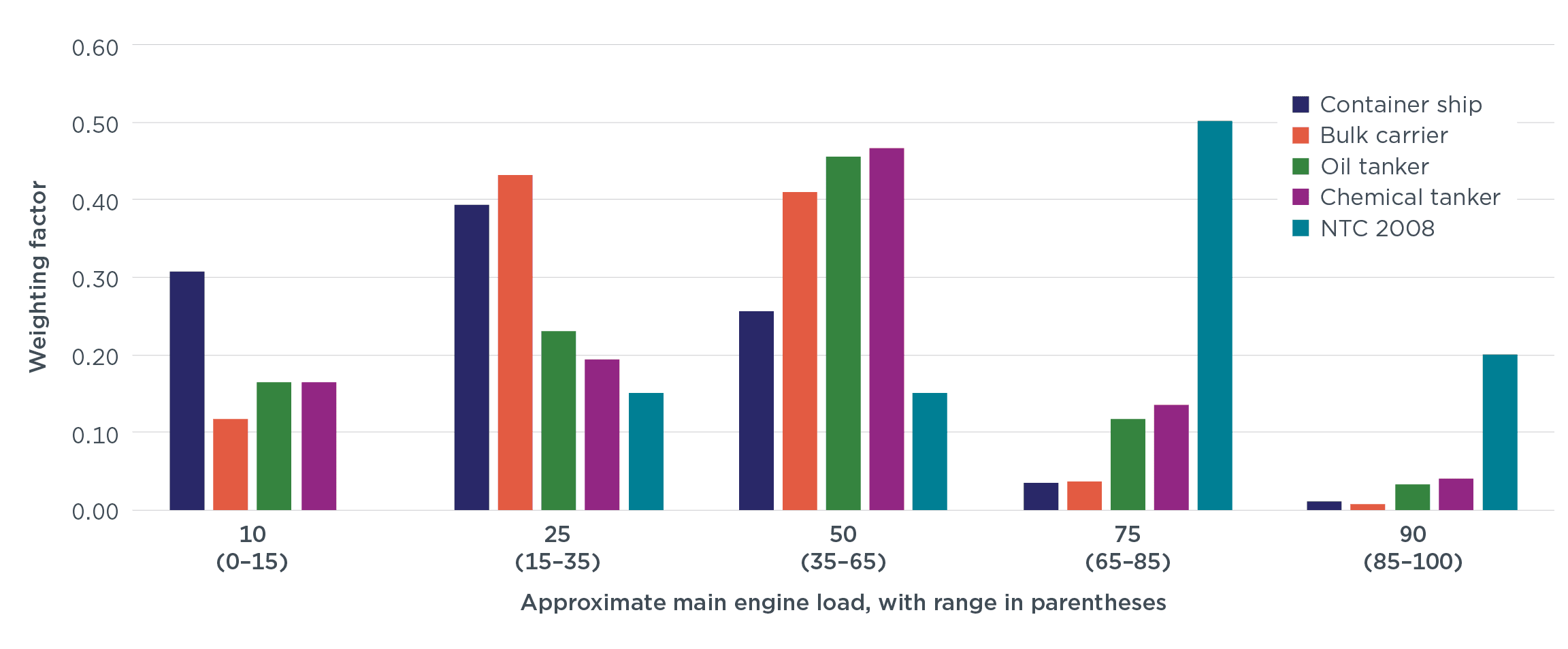Technical Brief
Updating marine engine emission standards using real-world data: A potential update to IMO’s NOx technical code
The International Maritime Organization’s (IMO) NOx Technical Code 2008 (NTC 2008) is an important tool for certifying marine engines’ compliance with nitrogen oxides (NOx) emission limits. However, this code may not accurately reflect the operational realities of modern shipping. Evidence indicates that newer marine engines are exhibiting higher NOx emission rates than older ones, a trend that runs counter to the intended effect of regulations.
By amending the NTC 2008 so that it more closely aligns with current operational realities, the IMO can ensure that its regulations effectively address NOx emissions and pave the way for more comprehensive environmental protections if the NTC is used to certify engines for methane (CH4) and nitrous oxide (N2O) emissions from LNG-fueled and ammonia-fueled engines, respectively.
This brief presents new analysis that uses Automatic Identification System (AIS) data to estimate real-world engine load distributions and provides recommendations for changes to the NTC 2008.
Key findings:
- The NTC 2008 test cycle is not representative of real-world engine operations
- Low engine load operations are more frequent than previously recognized
Figure. The difference in weighting factors derived from 2023 AIS data compared with those in the NTC 2008

Policy recommendations:
- Introduce a new low-load test point at 10% engine load.
- Adjust the maximum engine load test point from 100% to 90%.
- Revise the weighting factors to better align with real-world engine operations:
-
- 10% load: 0.15
- 25% load: 0.30
- 50% load: 0.40
- 75% load: 0.10
- 90% load: 0.05
Table. Recommended revised NTC 2008 weighting factors for E2/E3 test cycles based on AIS data

Attachments
Updating marine engine emission standards using real-world data, Supplemental data, Oct 2024
